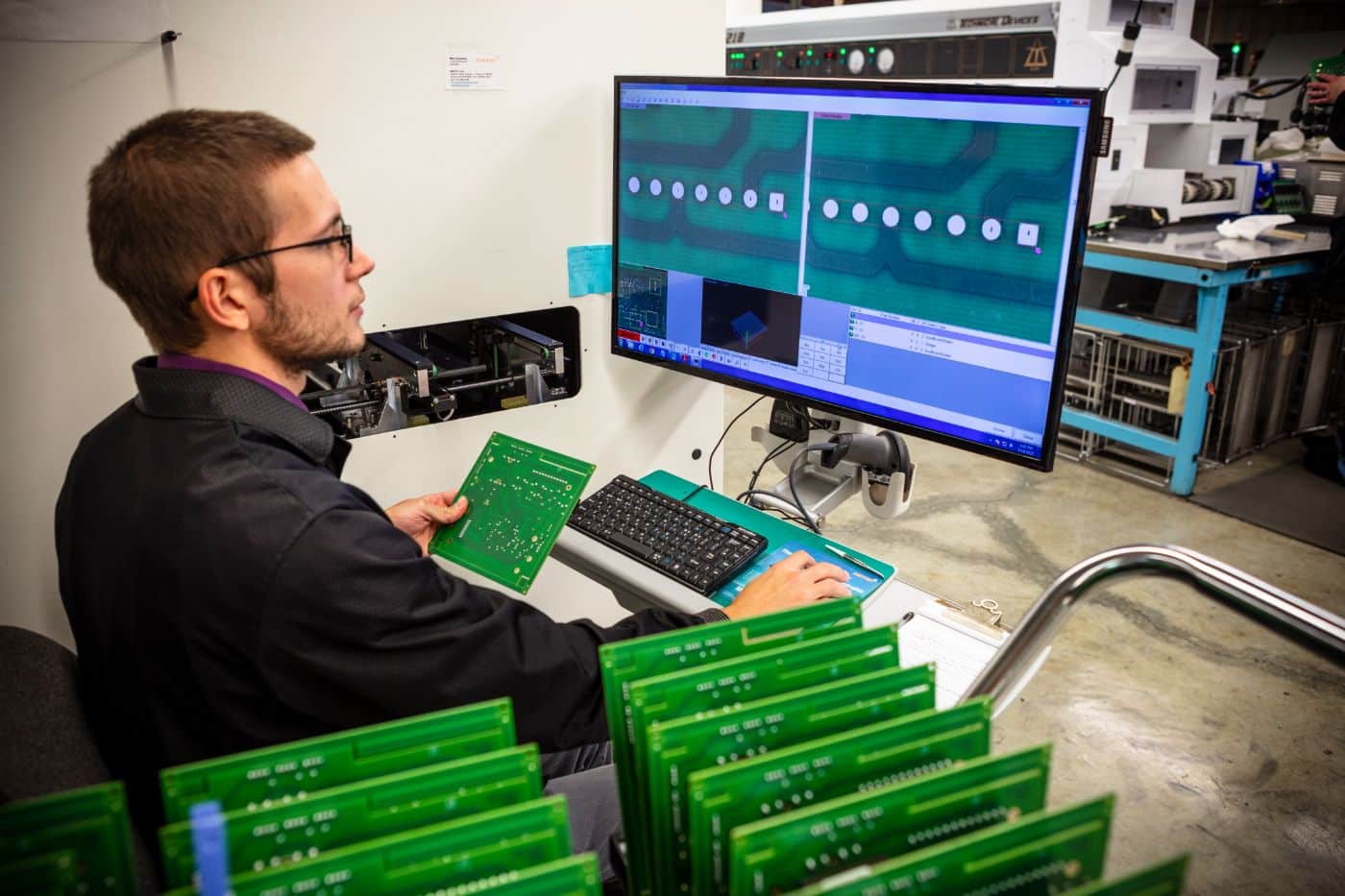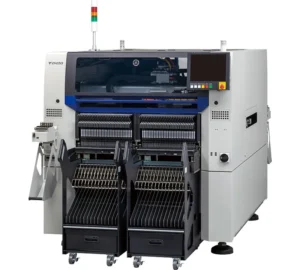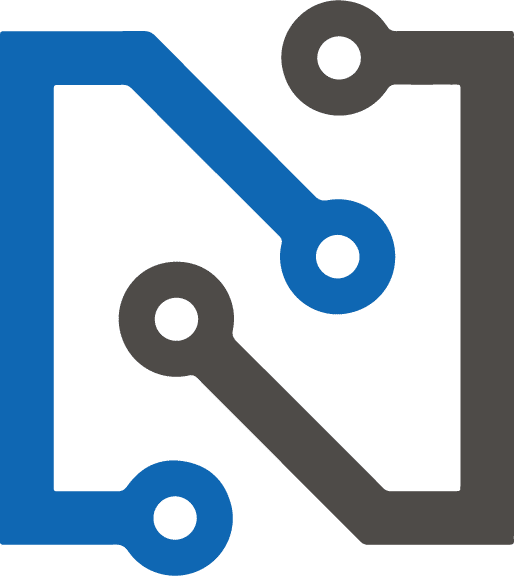Many industries use the process of Automatic Optical Inspection (AOI) to improve the error and defect
screening process, contract electronic manufacturing is certainly one of them. AOI benefits the
manufacturing process by:
- Using automation to remove the potential for human error
- Applying a repeatable process to each assembly
- Tracking and recording defects for each assembly unit
- Enabling the remote viewing of individual assembly defects for verification and rework
- Recording and assessing defect trends for false positives, providing critical feedback to the engineering and production technicians
- Continuously monitoring first pass yields for daily KPI (Key Performance Indicators) assessment meetings
- Improving the overall quality for first pass yields and final production
- Reducing rework time and overall cost
- Supporting internal analysis and customer traceability requirements
An important note: too many companies employ a set-it-and-forget-it attitude toward this technology. If improperly used, AOI can quickly introduce a bottleneck into your testing and inspection process. Niche Electronics understands that creating the right programs — and modifying them properly after the initial first pass runs — is critical to getting the most out of this technology.
For more information on this and our other design and manufacturing processes, click here!






